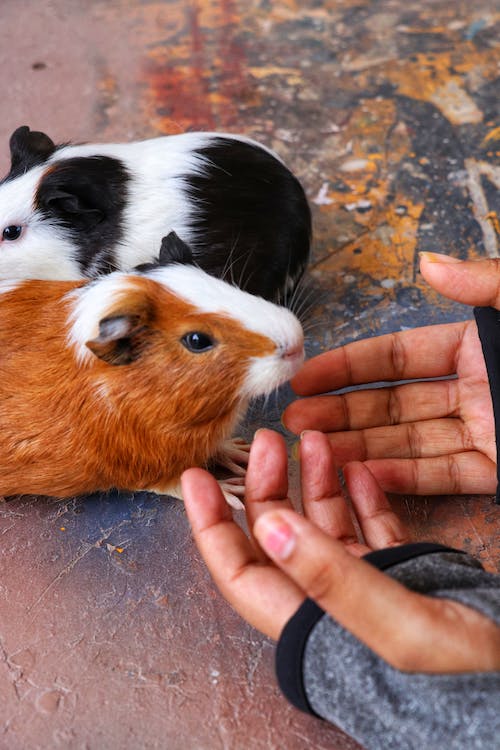Introduction
Emergencies can strike at any moment, and as responsible pet owners, it is crucial to prioritize the safety of our furry companions. From natural disasters to unexpected accidents, being prepared ensures that our pets are not only protected but also receive the care they need during challenging times.
Understanding Potential Emergencies
Our first step is to recognize the diverse range of emergencies that can affect our pets. Whether it’s a hurricane, earthquake, or a sudden car accident, the unpredictability of these situations underscores the need for meticulous planning and preparation.
Creating a Pet Emergency Kit
Putting together a well-equipped pet emergency kit is essential. Items such as food, water, medications, and comfort items should be included. Regularly check and update the kit to ensure its readiness at all times.
Identification and Documentation
Proper identification is critical in emergencies. Explore microchipping options, use visible tags, and maintain up-to-date documentation, including medical records and proof of ownership.

Emergency Evacuation Plan for Pets
Developing a comprehensive evacuation plan is vital for ensuring your pet’s safety. Identify pet-friendly shelters, arrange transportation, and establish clear protocols for evacuating with your pet.
Pet First Aid Training
Basic first aid knowledge for pets is invaluable. Enroll in pet first aid training programs to enhance your ability to address common health issues and injuries during emergencies.
Communication Strategies
Stay informed through reliable communication channels. Be aware of local emergency updates, and leverage online resources to access information and support during critical times.
Special Considerations for Different Pets
Recognize that different pets have unique needs. Tailor your emergency preparedness plan to accommodate the specific requirements of dogs, cats, birds, and other pets.
Community Resources for Pet Owners
Engage with local organizations that provide support to pet owners during emergencies. Building a community network ensures that help is readily available when needed.
Pet Insurance and Financial Preparedness
Consider the role of pet insurance in covering unexpected veterinary expenses. Additionally, establish a financial plan to address potential costs associated with your pet’s well-being.
Training Your Pet for Emergencies
Invest time in basic training for your pet to ensure their safety and cooperation during emergencies. Behavioral training can make a significant difference in critical situations.
Legal Considerations for Pet Owners
Understand the legal responsibilities and rights of pet owners during emergencies. Familiarize yourself with regulations related to pet evacuation and sheltering in your area.

Psychological Well-being of Pets
Acknowledge the impact of emergencies on the mental health of pets. Implement strategies to comfort and reassure your pet during stressful situations.
Reviewing and Updating Emergency Plans
Regularly review and update your emergency plans to adapt to changing circumstances. Staying proactive ensures that your preparedness measures remain effective over time.
Conclusion
In conclusion, emergency preparedness for pets is a responsibility that pet owners should not take lightly. By understanding potential emergencies, creating a well-equipped emergency kit, and implementing comprehensive plans, we can safeguard our pets and provide them with the care they deserve during challenging times.
FAQs – Frequently Asked Questions
- How often should I update my pet’s emergency kit?
- Regularly check and update your pet’s emergency kit every three to six months, or as needed based on changes in your pet’s needs.
- Is pet insurance necessary for emergency preparedness?
- While not mandatory, pet insurance can be immensely helpful in covering unforeseen veterinary expenses during emergencies.
- Can I create a pet emergency plan for different types of emergencies?
- Yes, it is recommended to have a versatile emergency plan that covers various scenarios, from natural disasters to accidents.
- Should I include my pet’s favorite toys in the emergency kit?
- Yes, including familiar items like toys can provide comfort and reduce stress for your pet during emergencies.
- How do I calm my pet during an evacuation?
- Maintain a calm demeanor, use comforting words, and offer familiar items to help reassure your pet during evacuations.







